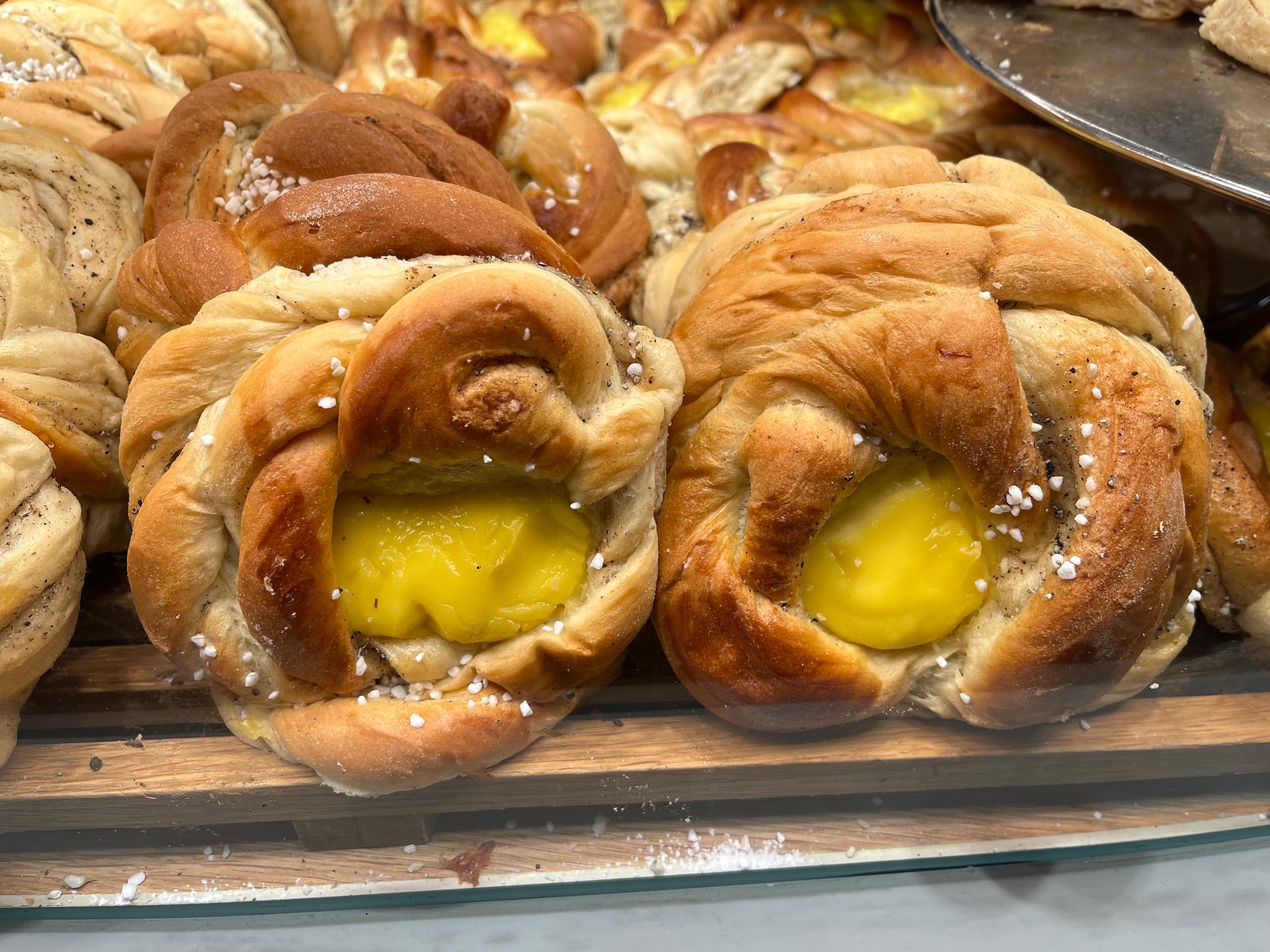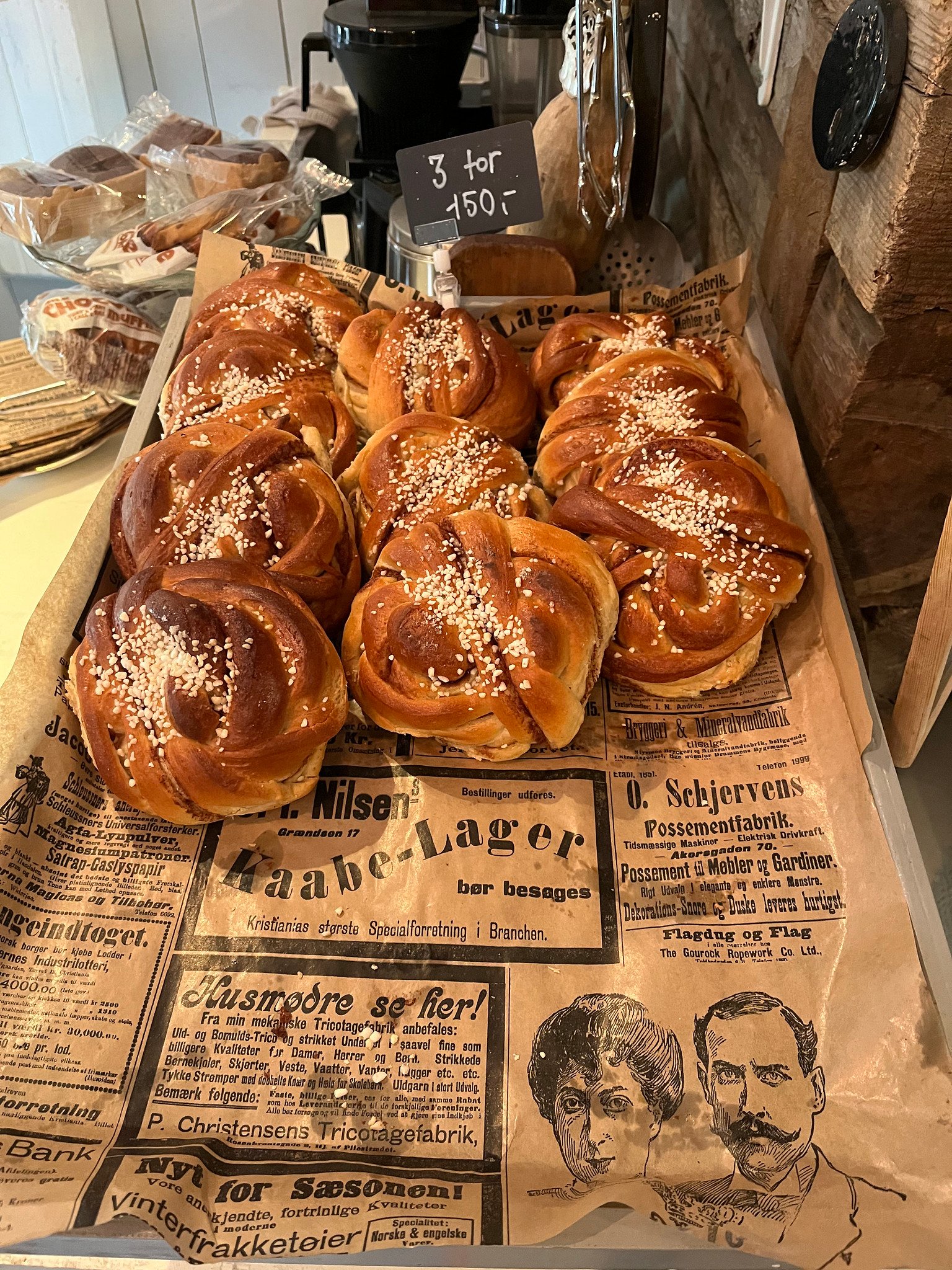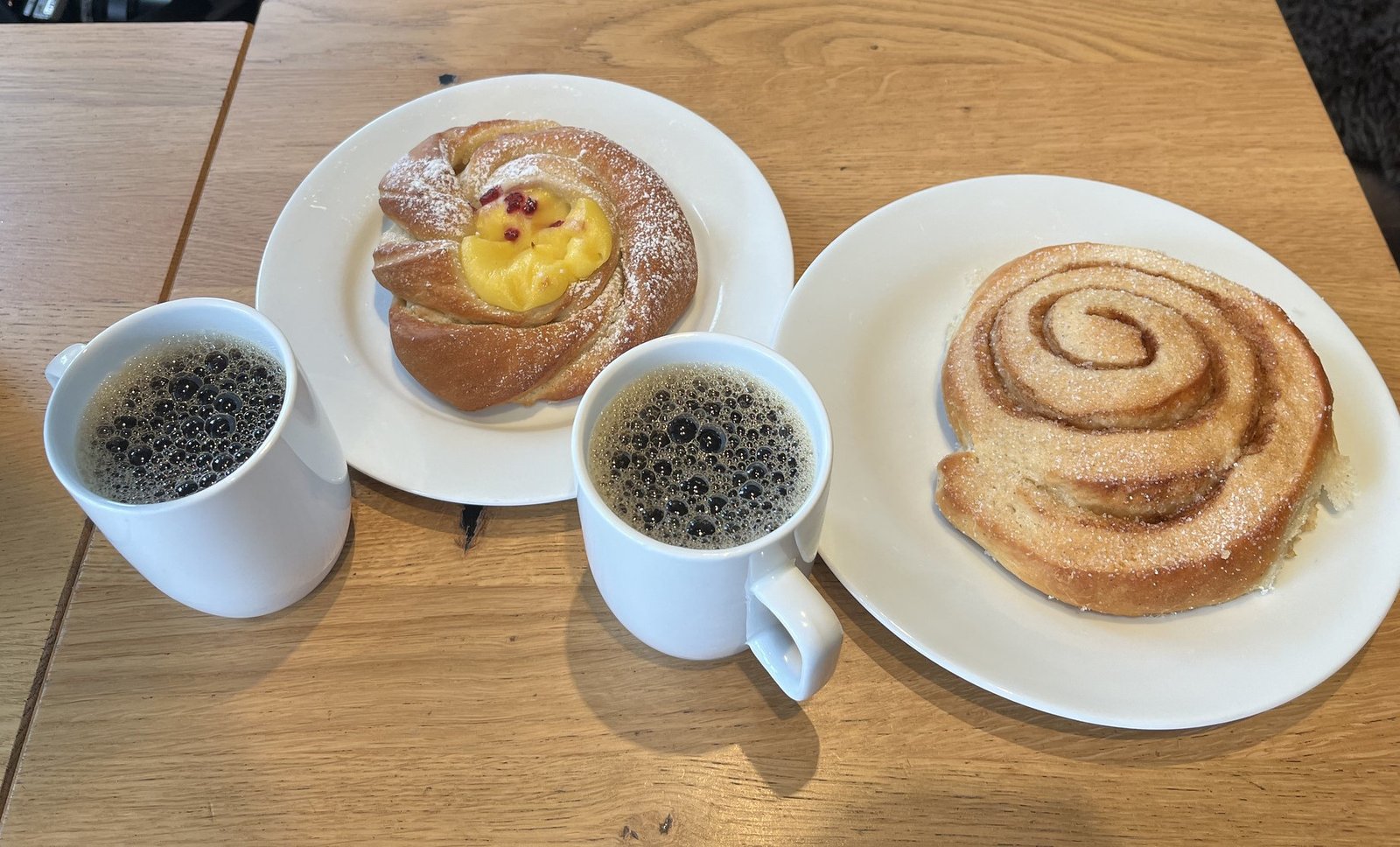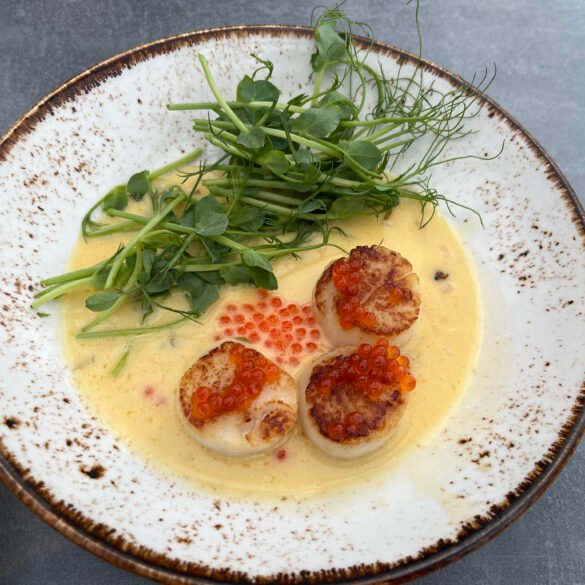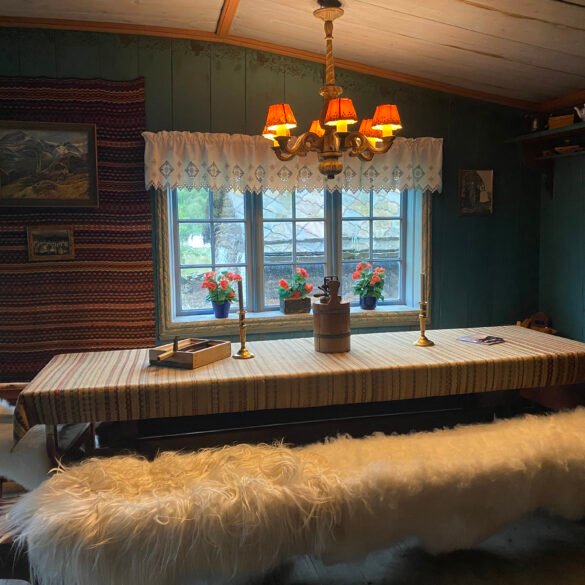As I mentioned in the previous post, restaurants in Norway are very expensive and Norwegians cook most meals at home. We followed suit. This meant a lot of grocery store trips to the point where we knew the standard Coop Prix and Bunnpris store layouts by heart. In smaller towns without a lot of breakfast options, we would grab a coffee and some fresh pastries from the nearest store, stop by for a hot pre-made sandwich in the grocery deli for lunch, and gather ingredients to cook our dinner at an Airbnb.
Our usual grocery runs consisted of fruits, vegetables, brunost cheese, canned fish or meat, frozen fish cakes, potato flatbread (lefse), various cheese spreads in tubes, bread rolls, and even an occasional frozen pizza. One of the most common Norwegian dinners is a simple affair consisting of a frozen Grandiosa pizza and a Pepsi Max (a sugar-free version of Pepsi available mostly in Europe). We asked an Airbnb host in Undredal if we could use the oven without specifying why, and he immediately said, “Of course! You gotta be able to make a pizza!” And so, we did. It was decent but had nothing on a good Rosati’s or Lou Malnati's takeout.
Another popular and iconic Norwegian dish is fiskekaker (fish cakes), which can be purchased frozen in grocery stores or restaurants. We tried it at a small café in Henningsvær where the modest menu consisted of fish and fries served in a newspaper cone, fish cakes, and some small fish croquets. The fish cakes were soft and mild-flavored, not fishy tasting at all, and reminded me a bit of a sophisticated version of a Russian fish cutlet. We wanted more, so we bought some from a frozen section of the grocery store, much to the surprise of our Airbnb host. He said he had never seen tourists eat fiskekaker and thought it was a strictly Norwegian dish unappreciated by foreigners. He kindly showed me that they are best fried in butter rather than oil, and I paired them with fresh vegetables and boiled corn. After a long day of hiking, they were no less delicious than the ones we tried in a café.
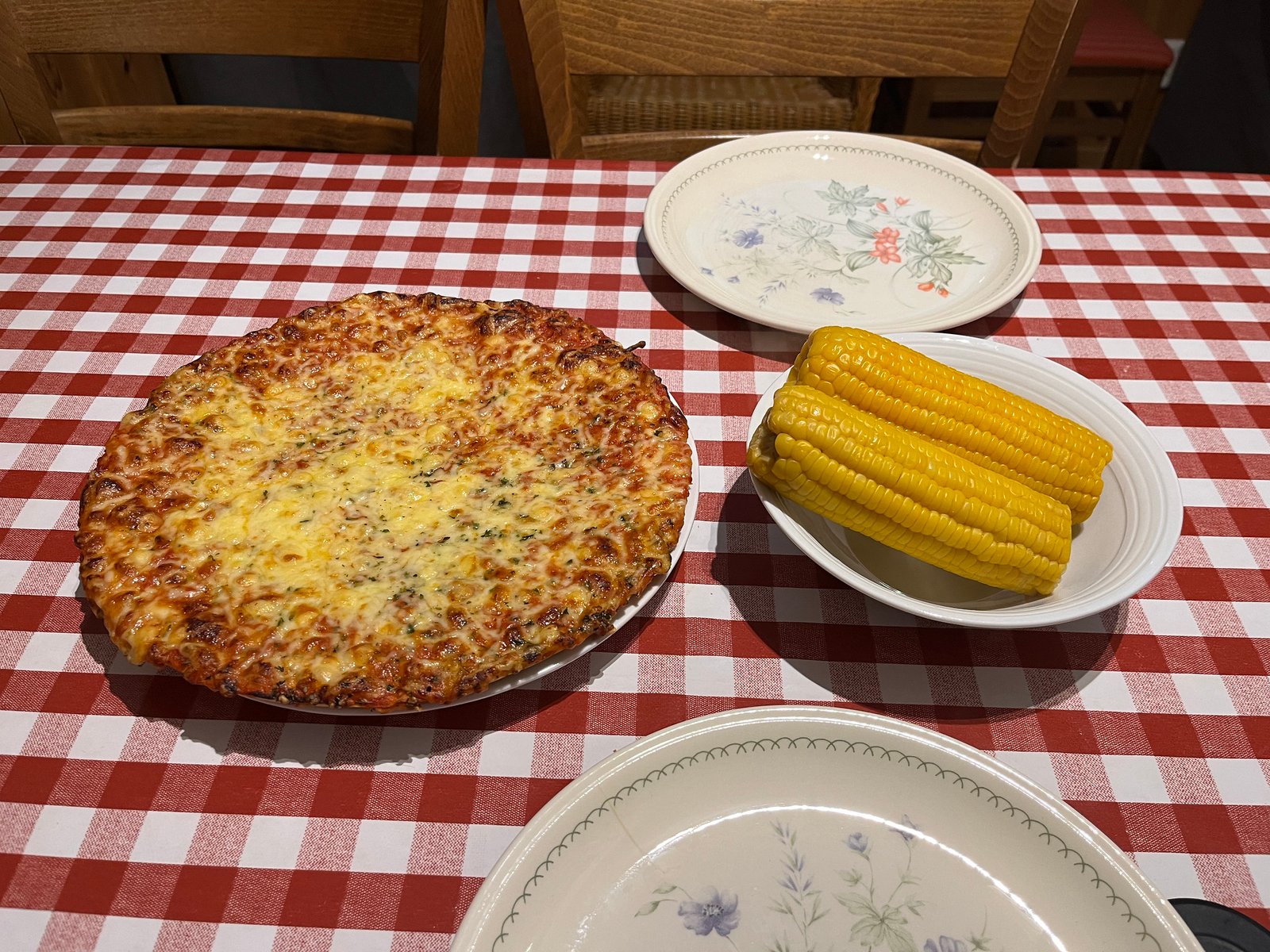
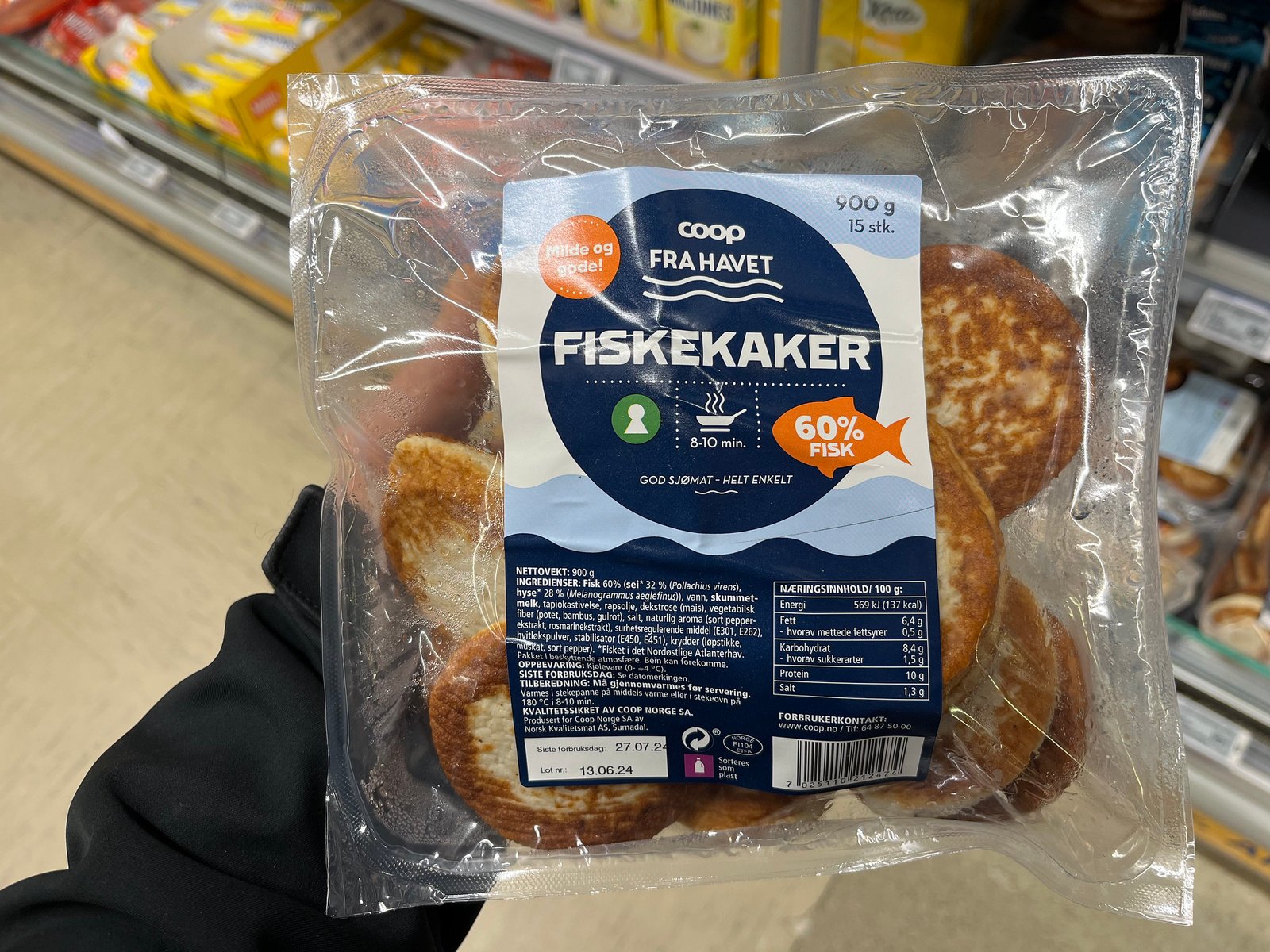
Where the Norwegian grocery stores truly shine is the sweets. From different types of licorice and even licorice-flavored ice cream to bulk bins filled with hard and chewy candy, there was no shortage of strange and familiar candy to try. We decided to sample what has been touted to us as the popular Norwegian candy bars - Kvikk Lunsj and Smash. Kvikk Lunsj is pronounced like “quick lunch” in English and looks exactly like a Kit-Kat bar with the same four-bar wafer shape but has a slightly sweeter taste. For some reason, it’s advertised in Norway as “hiking chocolate” and is often taken on hiking trips along with a thermos of coffee. It was no surprise then that the long text in Norwegian inside the Kvikk Lunsj bar turned out to be the 10 rules of hiking with advice such as “Pay attention to weather and avalanche warning”, “Use map and compass”, and “Bring necessary equipment to help yourself and others”, which most likely includes bringing plenty of delicious Kvikk Lunsj chocolates.
We also got a bag of Smash, and it was like nothing we had ever seen or tasted before. The whole idea of this snack is weird - salty corn chips (kind of like Bugles) are covered in creamy milk chocolate. At first taste, I was confused by the contrasting flavors of salty and sweet, crunchy and smooth, but quickly realized I could not stop eating. We went through one bag quickly and decided not to buy anymore or risk eating nothing but Smash for the rest of our trip. Honestly, this feels like a sort of snack that could make someone a millionaire if they figured out how to import it and sell it at pot dispensaries or at drunken frat parties.
But there was one sweet snack we kept buying almost every trip to the grocery store - the incredibly addictive Gifflar mini-cinnamon rolls. We bought one bag in the early days of the trip, simply because there was a mountain of them in a large bin with an attractive low price of $5. They were so good that we couldn’t go a day without munching on these mini rolls for every breakfast or as an after-hike snack. Once, walking into a grocery store, we were faced with a couple dressed in hiking clothes, clutching bags of Gillar rolls to their chests as basically their only purchase of the day, and knew exactly how they felt. We even brought three bags back to give out to friends and to have for an occasional nostalgic Norwegian breakfast of coffee, Brunost cheese, and a few Gifflar rolls.
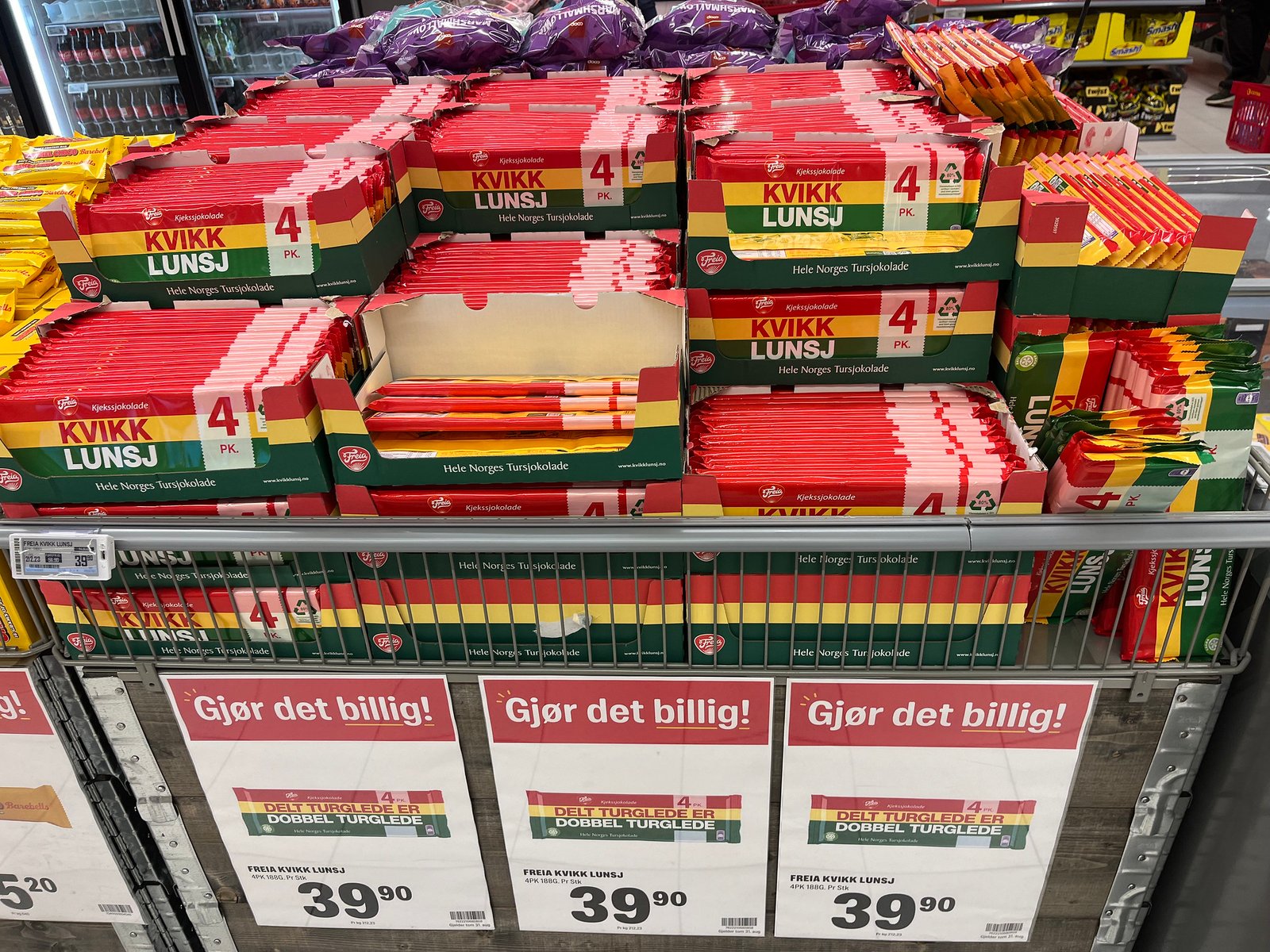
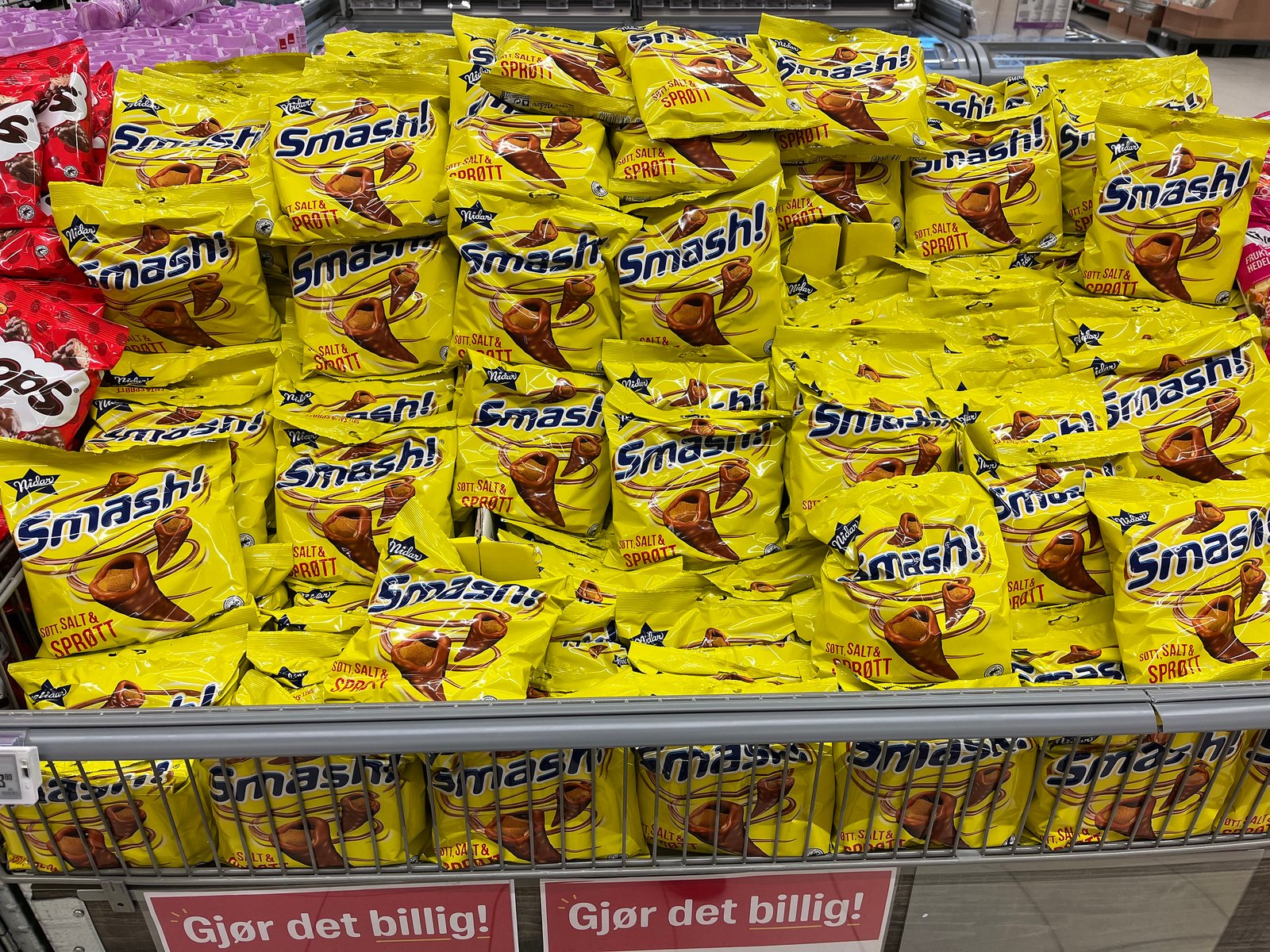
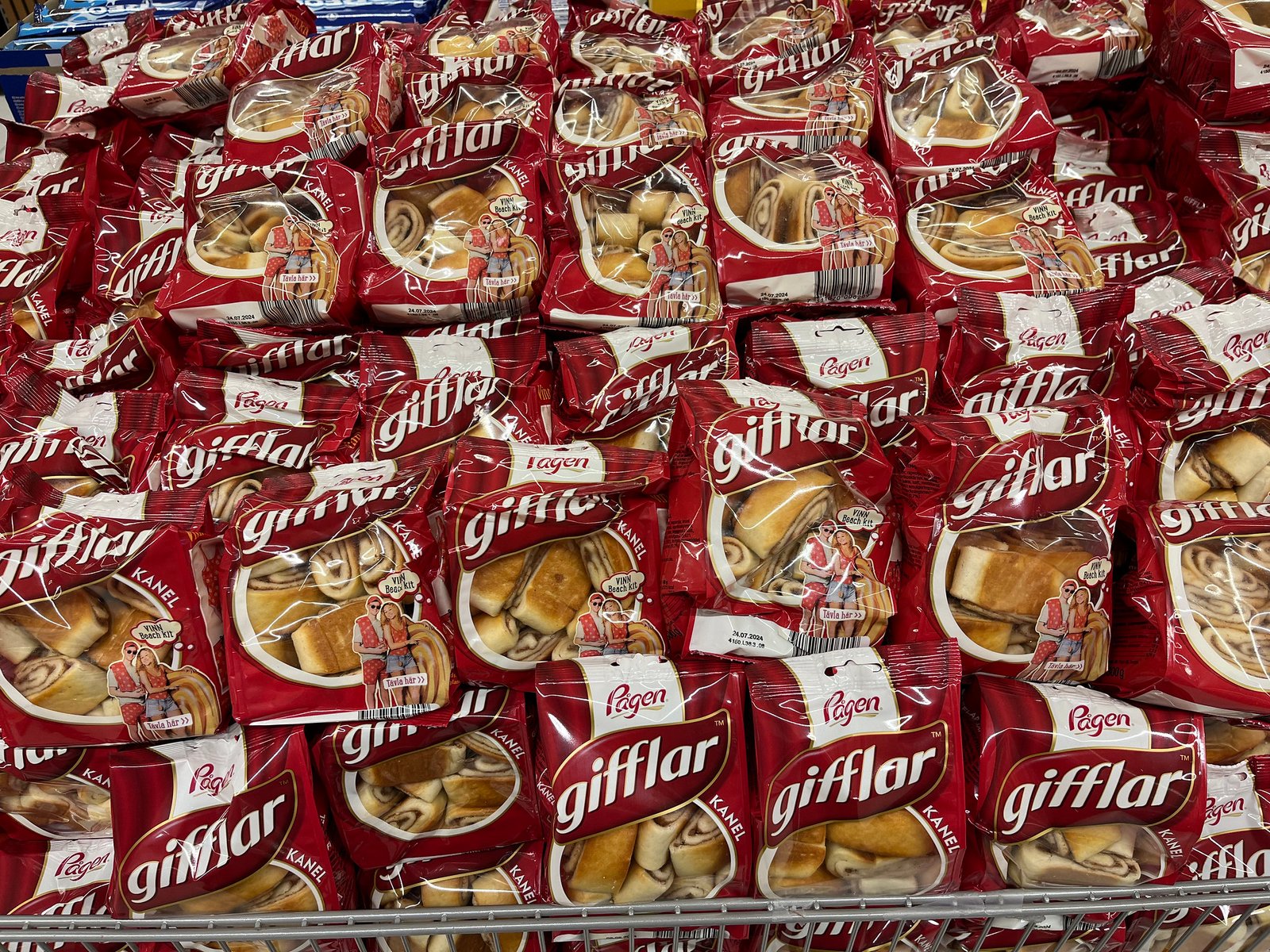
Cinnamon rolls are in general very popular in Norway, and it was common for us to buy one for lunch with coffee. No matter how small or remote the town was, there was always a small bakery or a gas station selling coffee and freshly baked rolls. The best thing about these cinnamon rolls was how different they were from the sugar-overloaded monstrosities covered in sickly sweet icing that are sold in the U.S. under the same name. Norwegian cinnamon rolls are barely sweet, fragrant with spices, light in texture, and seemingly always freshly baked. We tried other baked goods as well, such as sjokoladeboller, a cardamon yeast bun with chocolate chips, and skolebolle, a very popular fluffy cardamom roll with a dollop of vanilla custard in the middle, topped with coconut. If I can find a Norwegian-style bakery in Chicago, I just might spend all of my money there.
We have been to many foodie destinations, Japan, Mexico, and Vietnam probably being my top three, but Norway has never been on my radar as a place we will write three (!) food posts about. It has turned out to be an unlikely home of strange, interesting, and very addictive food, and I am now constantly on the lookout for brunost, fiskekaker, and cinnamon rolls in every ethnic grocery store I visit. So far, I have found “ski queen” cheese, which is an Americanized name for brunost, at the Grand Central Station grocery store in NYC, and I am still searching for the rest!
